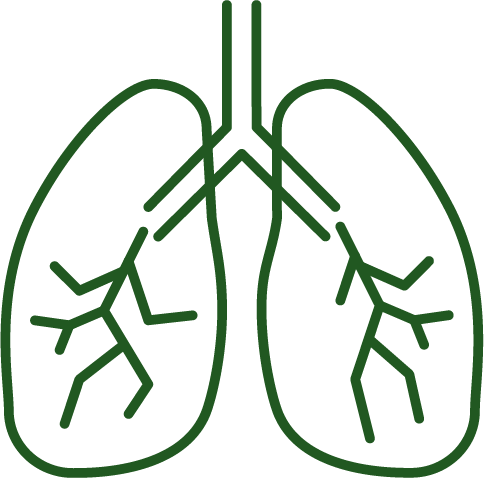Fact:
Teens who start vaping are 4x more likely to smoke cigarettes a year later
The Pueblo Tobacco Education and Prevention Partnership (PTEPP) Program provides education on tobacco- and nicotine-related information. We do this through educating the community on the negative health impacts that are associated with tobacco and nicotine products, and how those health impacts negatively impact certain populations more than other populations. PTEPP also provides prevention measures to the community such as presentations, tobacco-free signs, policy measures, and programs like Second Chance.
For more information on specific resources, click the buttons below.
Teens who start vaping are 4x more likely to smoke cigarettes a year later

Vaping can lead to shortness of breath, wheezing, coughing, sinus infections, nosebleeds, and asthma.

E-cigarettes are the most commonly used tobacco product among both middle and high school students. Disturbingly high rates of frequent and daily e-cigarette use suggest many teens have a teenss have a strong dependence on nicotine
Some teens report using e-cigarette in school bathrooms and even in the class room.
Vape aerosol can contain harmful chemicals
vaping can expose the user's lungs to harmful chemicals like formaldehyde, acrolein, acetaldehyde, which are known to cause irreversible lung damage.
Vapes get their flavors from chemicals. While these flavorings are safe to eat in food, they're not safe to inhale. Inhaling flavor chemicals can harm your lungs.
Most vapes contain nicotine, which is highly addictive
Vaping delivers nicotine to the brain in as little as 10 seconds. A teen's brain is still developing, making it more vulnerable to nicotine addiction. Nicotine exposure during the teen years can disrupt normal brain development.
Vape aerosol could be delivering metal particles like chromium, nickel, lead, tin and aluminum right into your lungs. Some of these metals are toxic.
Join thousands of teens who are taking their lives back.
My Life, My Quit™ is the free and confidential way to quit smoking or vaping. Text "Start My Quit" to 36072 or vist their websiste to chat with a Coach. My Life, My Quit™ is there for you every step of the way. It's YOUR LIFE and we're here to help you live it YOUR WAY.
Quitting tobacco is a process. Whether you are thinking about quitting, are not yet ready to quit, or have already quit, Colorado QuitLine can help you with each step of the way.
Enroll now for free coaching and quit medications
I am passionate about educating the community on the health impacts related to tobacco and nicotine products. I have learned a lot about the tobacco industry while working for the Pueblo Tobacco Education and Prevention Partnership (PTEPP) Program, and it's my goal to provide the needed resources and education to the Pueblo community.
I enjoy community engagement, educating individuals, and promoting a healthier and safer environment. I love making community connections through developing partnerships and providing the needed resources.